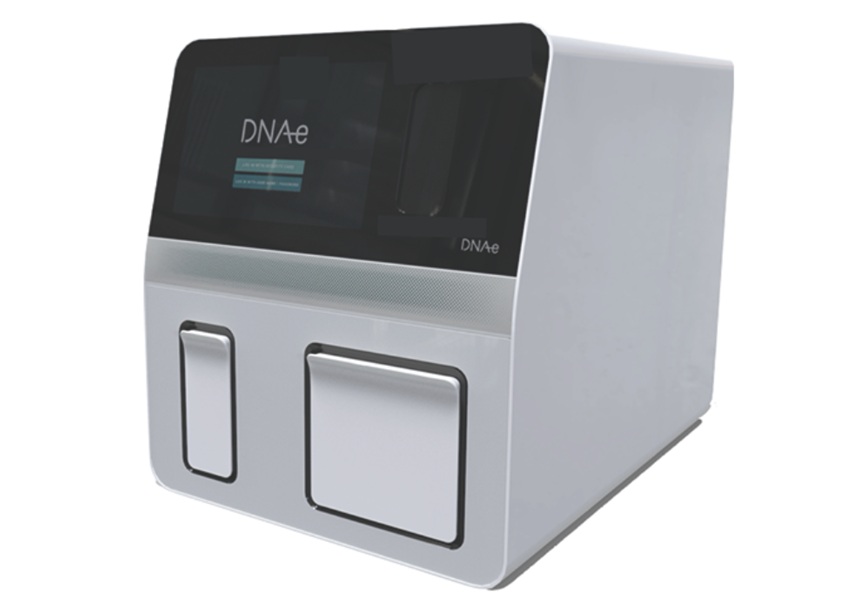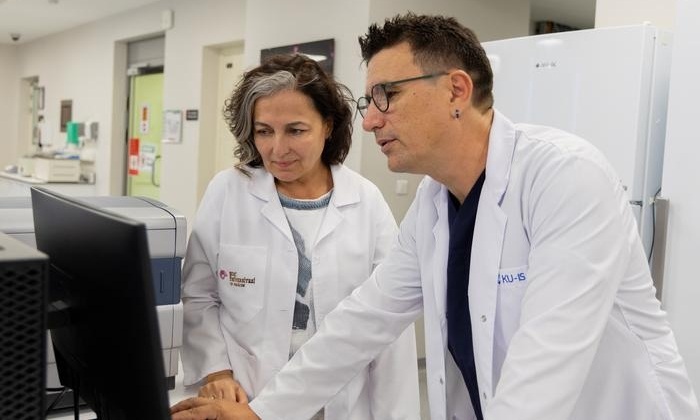Discovery of Rogue Protein Paves Way for Diagnostic Test to Detect Early-Onset Dementia
Posted on 08 Dec 2023
Neurodegenerative disorders are often marked by the buildup of amyloid filament inclusions of specific proteins in the brain. These proteins are critical in diagnosing and treating the associated diseases. Frontotemporal lobar degeneration (FTLD) is one such disorder, leading to frontotemporal dementia, which ranks just behind Alzheimer's disease in prevalence. In about 10% of FTLD cases, the identity of the filament-forming protein was previously unknown. The protein FUS was the suspected culprit, given its presence in brain inclusions and its known genetic role in some instances of amyotrophic lateral sclerosis, another neurodegenerative condition. Now, researchers using electron cryo-microscopy have unexpectedly found that the filaments are instead formed by the protein TAF15.
The research team from MRC Laboratory of Molecular Biology (Cambridge, UK) extracted amyloid filaments from the brains of four individuals affected by this type of FTLD. They carried out neuropathological examinations on the brain tissues obtained. Employing electron cryo-microscopy, they identified a consistent amyloid filament structure across all samples. The advanced resolution of this technique allowed for the direct sequencing of the protein responsible for forming these filaments. Contrary to expectations, the protein identified was not FUS, but TAF15, a member of the same protein family.

This discovery is pivotal in understanding the molecular pathology of this type of FTLD. It marks the rare identification of a new protein within the limited group known to form amyloid filaments associated with neurodegenerative diseases. This group already includes well-known proteins such as amyloid-beta, tau, TDP-43, and alpha-synuclein. The revelation of TAF15 as the filament-forming protein in these cases of FTLD paves the way for new diagnostic and therapeutic approaches targeting this specific neurodegenerative disease.
Related Links:
MRC LMB







 assay.jpg)






